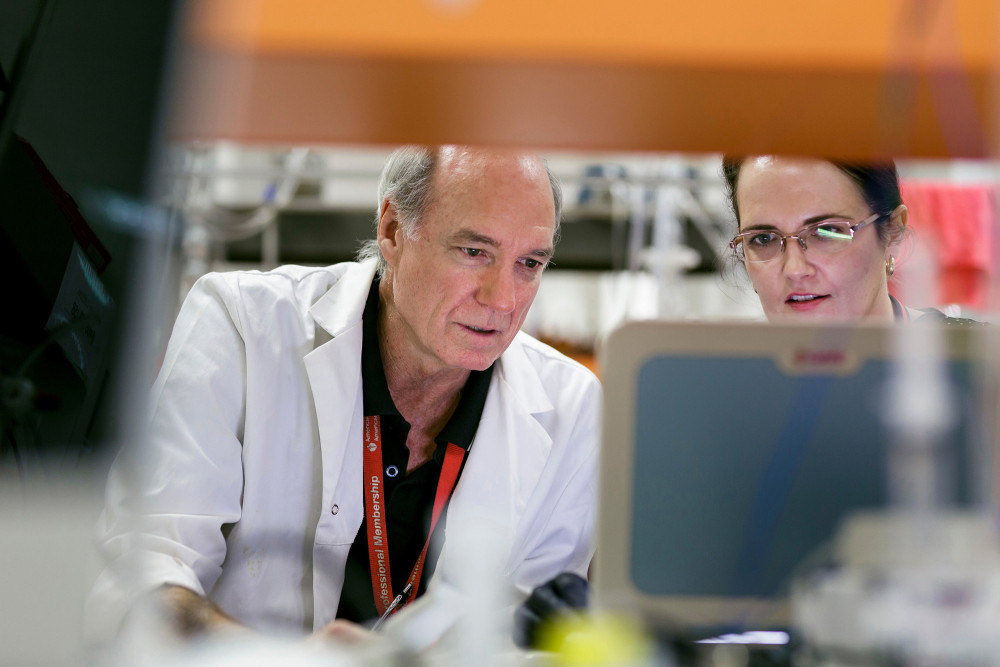General News
9 May, 2022
Trauma Care IN THE TROPICS
RESEARCHERS conducting a major study of trauma care say Australians living in rural and remote regions have shorter lives, higher injury hospitalisation rates, higher mortality rates and higher healthcare costs than people living in major cities.

Professor Geoffrey Dobson and Dr Hayley Letson from James Cook University’s College of Medicine and Dentistry, along with Dr Clinton Gibbs from Retrieval Services Queensland (RSQ), the Royal Flying Doctor Service (RFDS) and LifeFlight Retrieval Medicine (LRM), are conducting a study aiming to bridge the gaps in trauma care in rural and remote northern Queensland.
Professor Dobson said the new study has received two years of funding from Queensland’s Emergency Medicine Foundation with additional funding support from the Townsville Hospital and Health Service.
“It’s a first-of-its-kind study to classify and characterise trauma patients from North Queensland serviced by Townsville, Cairns, Thursday Island, Mt Isa, and Mackay hospitals from 2016 to 2018, and covers an area nearly the size of NSW and Victoria combined,” Professor Dobson said.
The first dataset includes around 2,300 anonymised patient records that JCU’s Dr Hayley Letson has retrieved.
“This is very important information because it can inform local, state and federal government stakeholders on the current incidence and severity of traumatic injury in the tropics and any potential gaps in healthcare delivery,” Dr Letson said.
The team highlighted the lack of trauma data analysis in North Queensland and appealed for a greater emphasis on collecting more robust patient records as vital for driving effective change.
Dr Clinton Gibbs from RSQ said one objective of the study is to conduct a comprehensive analysis of clinical interventions and therapies from the point of injury to hospital care across multiple healthcare providers.
“Rescues often occur over vast distances, with wait times up to 12 hours, or longer, making crucial treatment in the first ‘Golden Hour’- the vital first hour after injury - virtually impossible.” Dr Gibbs said.
“We’re looking to shift the focus of emergency treatment in remote areas from ‘scoop and run’ to ‘continuum of care’, which has many moving parts and is overseen from a centralised base in Townsville,” Dr Gibbs said.
He said optimal patient outcomes critically depend on skilled personnel and resources and accurate record-keeping at every stage of treatment.
“Poorer outcomes in the north may not be due solely to longer retrieval delays. They may also arise from inefficiencies in the survival chain, which we hope to shed light on with our study,” he said.
The JCU scientists have also been working with the US Department of Defense for a decade in developing new drug therapies for prehospital trauma in military far-forward environments to treat trauma at the point-of-injury.
“It’s possible these drugs could be kept in healthcare facilities scattered throughout rural and remote regions of Australia and administered early via telehealth from a centralised base to treat head injuries, haemorrhage, infection and burns to improve current outcomes,” Dr Letson said.
“This is the future we are hoping to create, and it will be accessible to all Australians.”


